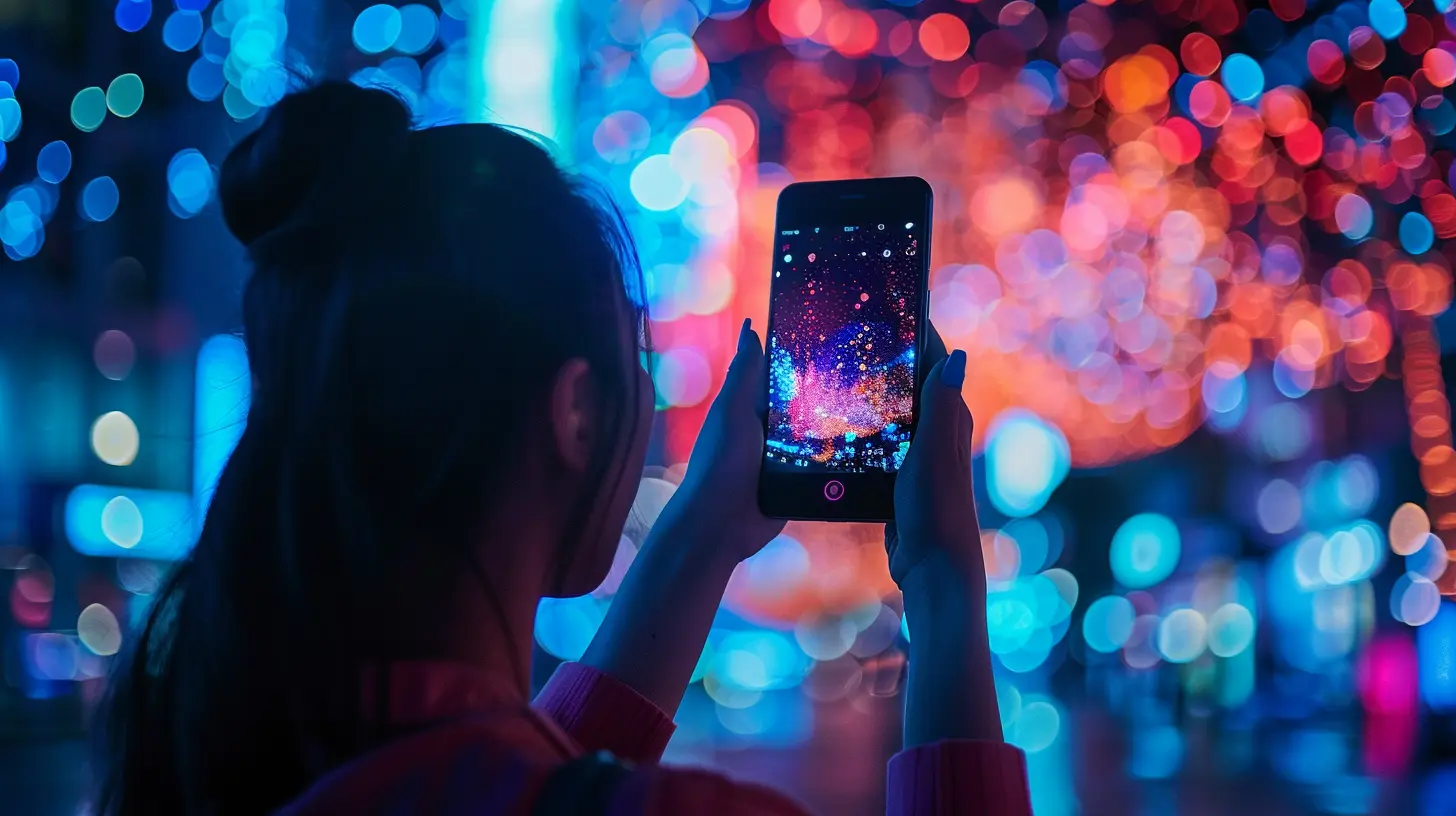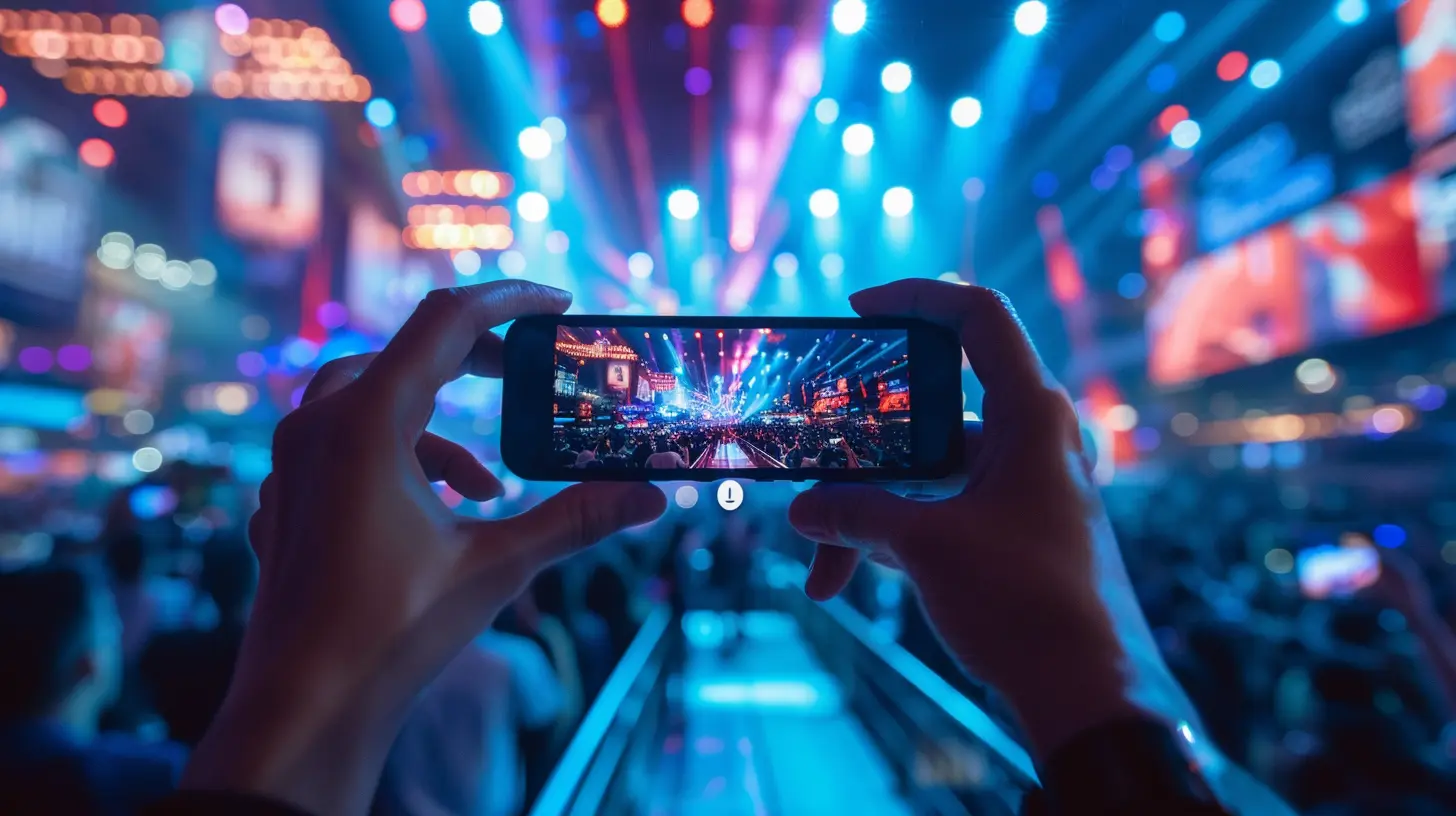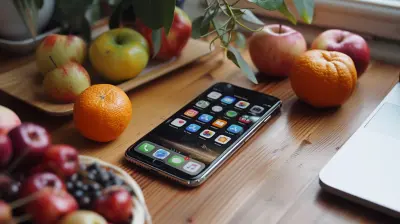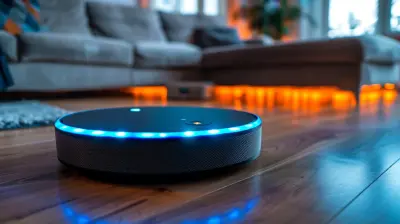How Mobile Apps Are Enhancing Virtual Events and Conferences
24 October 2025
In a world that's becoming increasingly digital, virtual events and conferences have been gaining massive popularity. Especially after the global pandemic, where face-to-face gatherings were put on hold, businesses, organizations, and even communities have had to rethink how they connect with people. Enter mobile apps: the unsung heroes that are revolutionizing the way we experience virtual events.
But how exactly are mobile apps enhancing virtual events and conferences? It's not just about bringing people together; it's about creating a seamless, engaging, and interactive experience that mirrors (or sometimes even surpasses) traditional, in-person settings. So, let's dive deep into how mobile apps are changing the game.

1. Seamless Registration and Ticketing
Let’s face it—registering for events can be a hassle. The endless forms, the back-and-forth emails, the ticket confusion… It’s like trying to solve a puzzle without all the pieces. But with mobile apps, this becomes a breeze. Attendees can register, purchase tickets, and confirm their participation all in one place. It's like having a concierge in your pocket!Mobile apps streamline this process by offering:
- One-Click Registrations: Once users have their details saved in the app, registering for future events becomes as easy as a single tap.
- Instant Ticket Delivery: No more waiting or digging through your inbox for that elusive confirmation email. Your ticket is right there, saved in the app.
- Payment Integration: Attendees can pay securely through integrated payment gateways, making the entire process smooth and hassle-free.
In short, mobile apps take the friction out of registration, ensuring that attendees can focus on what really matters—the event itself!

2. Personalized Schedules and Notifications
Imagine walking into a massive convention center. There are 15 different rooms, 5 simultaneous presentations, and countless networking opportunities. Where do you even begin? It gets chaotic. But with mobile apps, attendees no longer have to worry about missing out on anything important.Most event apps offer personalized schedules, allowing attendees to:
- Mark sessions of interest: Whether you're keen on that keynote speech or a particular workshop, you can mark them in the app.
- Receive real-time updates: If a session is delayed or a room has changed, the app will notify you instantly. This ensures that you’re always in the loop.
- Sync with your calendar: Many apps allow you to sync your event schedule with your personal calendar, ensuring you never double-book or miss out.
It’s like having a personal assistant who knows exactly what you want out of the event. No more fumbling through pamphlets or trying to remember which room you're supposed to be in next.

3. Enhanced Networking Opportunities
Networking at virtual events can feel like trying to strike up a conversation with someone while shouting across a crowded room. It’s challenging, awkward, and often leaves people feeling disconnected. But mobile apps are changing that.Most event apps come with built-in networking features that allow attendees to:
- Connect with like-minded individuals: Apps often have algorithms that suggest connections based on shared interests, ensuring you’re networking with the right people.
- Direct messaging: You can send private messages to other attendees, speakers, or exhibitors, making networking feel more personal.
- Virtual meetups: Some apps even offer features like virtual breakout rooms or one-on-one video chats, so attendees can engage in meaningful conversations without the chaos of a crowded event.
Mobile apps are making networking at virtual events feel more natural and less like a forced Zoom call with a bunch of strangers.

4. Interactive Features: Polls, Q&A, and Live Voting
One of the biggest challenges for virtual events is keeping attendees engaged. No one wants to sit in front of a screen for hours on end, passively listening to presentations. It’s boring! This is where mobile apps truly shine.Most event apps come equipped with interactive features like:
- Live Polls: During presentations, speakers can ask the audience for their opinions or feedback in real-time. This not only keeps attendees engaged but also gives them a sense of participation.
- Q&A Sessions: Instead of waiting until the end of a presentation to ask questions, attendees can submit their questions through the app. This allows for a more dynamic and interactive session.
- Live Voting: Whether it’s voting on the best presentation or making decisions during a group session, live voting features keep attendees involved.
These features transform a passive viewing experience into an active, engaging one. It’s like turning a one-way street into a two-way conversation.
5. Virtual Exhibitions and Booths
Exhibitions and trade shows are a major part of many conferences, and in a virtual setting, they can be tricky to replicate. But mobile apps are stepping up to the challenge.Many event apps now offer virtual exhibition halls where attendees can:
- Explore booths: Just like at an in-person event, attendees can browse through virtual booths, watch demos, and learn more about exhibitors.
- Directly interact with exhibitors: Attendees can chat with exhibitors in real-time, ask questions, or even schedule one-on-one meetings—all through the app.
- Access resources: Exhibitors can upload brochures, videos, and other resources for attendees to download or view at their convenience.
In many ways, this is even better than a physical booth—no more awkwardly standing around waiting for someone to approach you!
6. Gamification: Turning Learning Into Fun
Who says learning and networking have to be boring? Mobile apps are turning virtual events into a game, quite literally. Through gamification, event organizers can encourage attendees to participate more actively.Here’s how it works:
- Challenges and Quests: Attendees can earn points by completing certain tasks, like attending sessions, visiting booths, or networking with other attendees.
- Leaderboards: Attendees can see how they stack up against others in terms of engagement. It adds a competitive element that keeps people coming back for more.
- Rewards: Points can often be exchanged for prizes, discounts, or even exclusive access to certain sessions or content.
By introducing a little healthy competition, mobile apps are turning virtual events into something that feels more like a fun, interactive experience rather than a dull lecture.
7. Post-Event Engagement and Analytics
The event doesn’t end when the last speaker signs off. In fact, for many attendees, the post-event period is when they really start to digest all the information they’ve gathered. Mobile apps provide a platform for continued engagement even after the event is over.Here’s how:
- On-Demand Content: Missed a session? No problem. Many apps allow attendees to access recorded sessions after the event is over.
- Follow-Up Networking: Just because the event is over doesn’t mean the networking has to stop. Attendees can continue to message and connect with others through the app.
- Event Analytics: From the organizer’s perspective, mobile apps provide invaluable data. How many people attended each session? Which sessions had the most engagement? This data can be used to improve future events.
In essence, mobile apps extend the life of an event, ensuring that the value doesn’t end the moment the virtual doors close.
8. Accessibility and Inclusivity
One of the most underrated benefits of mobile apps in virtual events is the increased accessibility they provide. Not everyone can travel to attend a conference, whether due to financial constraints, health issues, or other commitments. Virtual events, powered by mobile apps, open the door for a much wider and more diverse audience.Additionally, mobile apps often come with features that enhance accessibility, such as:
- Closed captions for presentations: Making content accessible to those who are hard of hearing.
- Translations: Some apps offer real-time translation features, allowing non-English speakers to participate fully.
- Adaptive interfaces: For people with disabilities, mobile apps can offer customizable interfaces to better suit their needs.
By breaking down barriers, mobile apps ensure that virtual events are more inclusive than ever before.
Conclusion
Mobile apps are not just a nice-to-have when it comes to virtual events and conferences—they’re essential. From seamless registration to personalized schedules, enhanced networking, interactive features, and post-event engagement, mobile apps are transforming how we experience events in the digital age. They’re making virtual events more engaging, accessible, and dare I say it, even more enjoyable than their in-person counterparts.As virtual events continue to grow in popularity, the role of mobile apps will only become more significant. The future of events is in your pocket—literally.
all images in this post were generated using AI tools
Category:
Mobile AppsAuthor:

Kira Sanders
Discussion
rate this article
1 comments
Teagan Vance
Like a digital confetti cannon, mobile apps turn virtual events into vibrant celebrations of innovation!
October 29, 2025 at 11:41 AM

Kira Sanders
Thank you! Mobile apps truly add that celebratory flair, making virtual events engaging and interactive.


